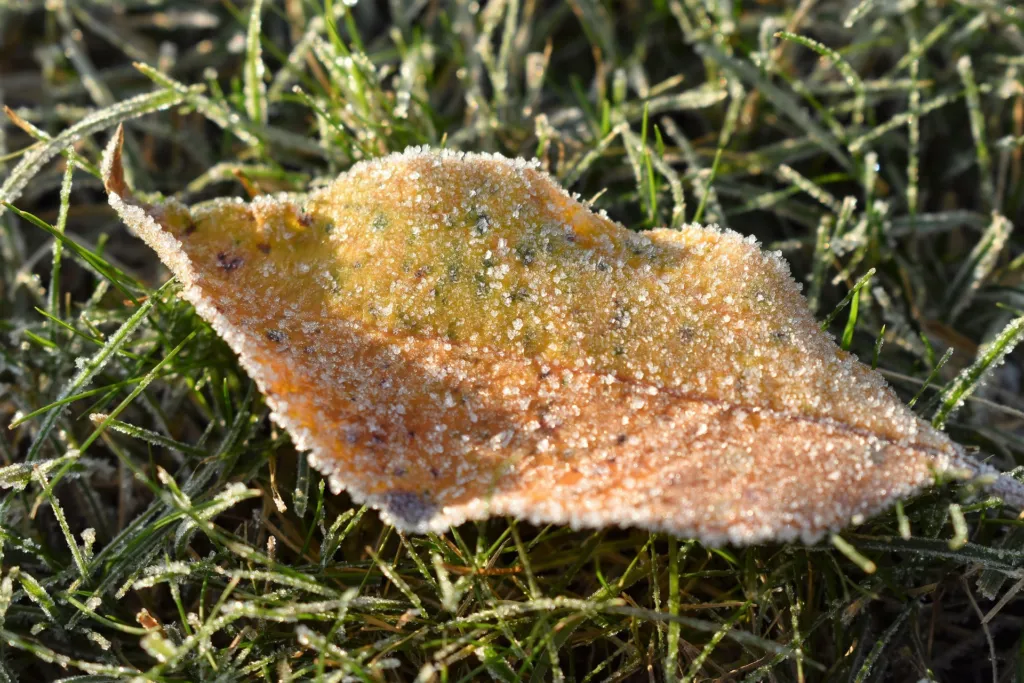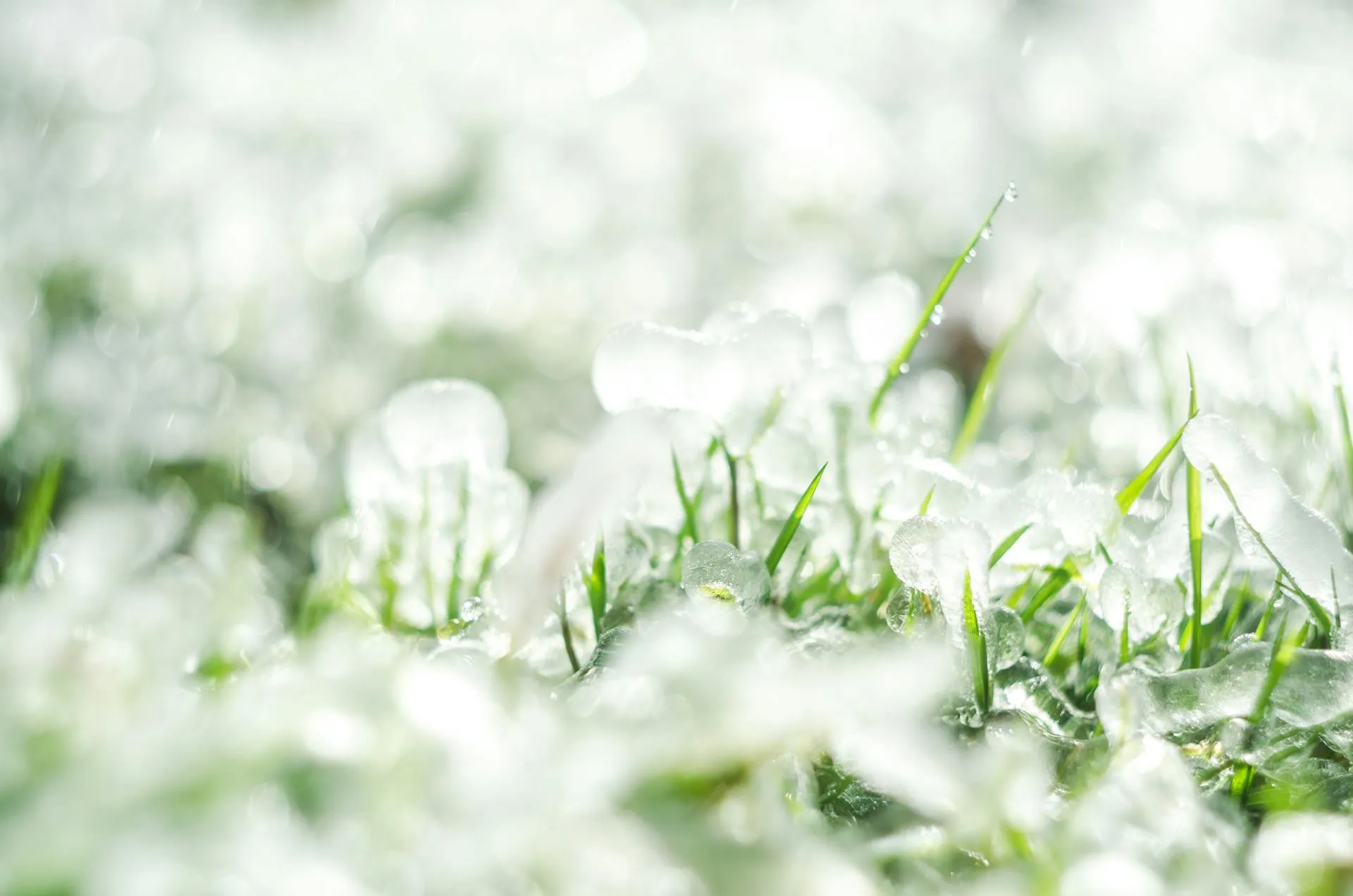
Winter Lawn Care Tips for Austin, TX
Prep Your Yard for Freezes, Frost & More
Winter is right around the corner. Although your grass is likely slowing down, you’re not done yet. The winter lawn care you provide now, prior to it actually being cold, makes a huge difference in how your yard looks next spring.
A well-prepared lawn in the fall creates a healthier, greener lawn in the months to come. It’s really that easy. Forgoing standard lawn care routines leads to a struggling, patchy lawn that is more trouble to fix.
Keep reading to find out what to do with your lawn before the first frost, how to get set for the upcoming months, and more!
Timing for Winter Lawn Preparation
South: Southern grasses (like we have in Austin) go dormant following the initial frost, so try to finish up by late fall. One key thing to remember? Stop using high-nitrogen fertilizers well before dormancy sets in because this encourages new, tender growth that’s easily damaged by cold.
North/Midwest: Further north is where lawns get a real winter. The earlier tasks should begin by early to mid-fall. In a perfect world, you’d finish most of the jobs (aeration, fertilization, etc.) two to three weeks before freezing temps.
Transition Zones: If you’re in an “in between zone,” your schedule will depend on your specific grass type and the exact arrival of frost/snow. It’s a delicate mix of cool and warm-season maintenance.

Your Essential Winter Lawn Care Checklist
1. Aerate the Lawn
Aeration softens up your soil so that water, fertilizer, and air can get to the roots. If you don’t aerate your lawn, the soil compacts over a period of time, and it’s hard for roots to breathe and grow.
The benefits? It relieves soil compaction and improves the absorption of winter lawn fertilizer and water.
When should you aerate? The best time is before the first frost, when the soil is still workable. FYI: Don’t aerate when the soil is frozen. It will damage the crowns of the grass and do far more harm than good.
2. The Last Mow of the Season
The last mow of the season is extremely important. You don’t want to leave the grass too tall or too short.
For Bermuda, St. Augustine, or zoysia (warm-season grasses), attempt to keep it at 1–1.5 inches. For Kentucky bluegrass or fescue (cool-season grasses), mow at 2–2.5 inches for your final mowing. Mowing slightly shorter in cooler areas reduces the threat of snow mold.
Also, always remember the one-third rule: Never cut off more than one-third of the grass blade in a single mowing. If your grass is too tall, lower the blade gradually over a couple of mows.
After your final mow, it’s a good time to service your mower.
- Drain the gas or use a fuel stabilizer.
- Clean off any caked-on grass.
- Sharpen the blades. (Sharp blades are more important than you might think. They cut cleanly, which is healthier for the grass.)
Getting this done now will have you ready to start off on the right foot in the spring.
3. Fertilize with a Winterizer
This isn’t the same fertilizer you use in the summer. Winterizer fertilizer is formulated to help the roots, not the blades.
Look for a combination that is higher in potassium and lower in nitrogen. Potassium strengthens the plant and allows it to be more cold- and disease-resistant. Too much nitrogen encourages top growth, which is what will be damaged by frost.
The grass will lock these nutrients in its roots, giving it a head start on growth in the spring.
When do you fertilize your lawn for winter? For the best effect, do this after aerating. And don’t fertilize when the ground is already frozen. The roots can’t absorb the nutrients.
4. Add Mulched Leaves or Compost
After aerating, topdress a thin layer of compost or mulched leaves over the lawn.
Compost delivers slow-release nutrients and helps the soil retain water. Mulched leaves add organic matter to the soil. And it’s easier than raking! Just mow over them a few times to get them to break down over the winter.
But make sure the leaves are nicely mulched. Thick layers of large leaves will smother grass.
How Can Lawns Be Harmed in Winter?
Snow, ice storms, and freezing temperatures may not happen too often in Austin, but it’s still nice to know what might pop up.
- Desiccation: This is caused by winter winds “burning” the lawn as they deplete its water content. Watering the soil late into autumn enables the grass to hold onto the water it needs.
- Ice Damage: Avoid patches of standing water on the lawn before a freeze, as a thick ice layer can suffocate the grass.
- Crown Hydration: This happens when there is a false winter warm-up. The grass “wakes up” and takes on water, which then freezes rapidly when the temperature dips once more, splitting the crown of the plant. You can prevent this by slowing late-season watering so the plant becomes fully dormant.
- Snow Mold: A fungus that appears in circular, matted patches when the snow disappears. Prevent it by mowing lower on your final mow and by improving lawn drainage.

Typical Mistakes Homeowners Make With Their Yards
Some tasks are done at the incorrect time (or just neglected) and will eventually damage your lawn. So keep the following mistakes in mind when preparing your lawn for winter.
- Missed aeration can lead to rock-hard ground that’s too compacted to benefit from any winter lawn fertilizer you use.
- Fertilizing too late with a high-nitrogen blend.
- Overseeding too late in the season means that it is highly unlikely the new grass will be established by the time the first frost arrives.
- Failure to test the soil for pH. Remember, grass has a preferred range.
- Toys, furniture, and thick layers of leaves left on the lawn during the winter will create ugly patches of dead or diseased grass.
Additional Winter Tips for Southern Lawns
Shut Down & Inspect Irrigation
If you have a sprinkler system, you’ll want to winterize it. It’s also a good time now to investigate upgrading to a smart controller for next year.
Cut Back on Foot Traffic
Try not to walk on your lawn when it’s frozen. Grass blades after a freeze are brittle and will break easily. Step too much on your grass and you’ll see the resulting damage in the spring.
Tidy Up Your Yard
Remove any heavy leaf, branch, and other debris layers before snow arrives. This discourages mold and makes the area less welcoming for pests. Take furniture, toys, and firewood off the lawn as well.
Be Careful About Snow & Ice
If you treat your sidewalks with ice melt, choose a product that is “safe for lawns.” Keep in mind, also, that rock salt will damage grass and burn adjacent trees and shrubs. Calcium or magnesium chloride products are usually better.
Is Expert Lawn Care Worth It In Winter?
You can do most of the winter lawn work yourself, especially if you have a small lawn, enjoy doing this kind of work, and already have the basic equipment.
But you may want to hire a professional if any of the following are true:
- You’ve got a big lawn. Once you’re dealing with a big piece of property, time and labor simply get added up. What a pro would be able to do in an hour would take you a whole day, and that’s just in the event that everything went absolutely perfectly.
- The soil is hardened or you have not aerated in years. Heavily compacted soil does not take a half-hearted approach. It takes the right equipment and method to truly break through and make an impact.
- You’re seeing signs of bigger problems. If you see lawn disease, ugly patches of grass, or damaging pests, call us right away. Those need to be diagnosed and treated, not guessed at. A professional can tell you exactly what’s going on and fix it before it gets worse.
- You just don’t have the time or aren’t physically able. With work, family, and all the rest, sometimes calling in a pro is just the easiest way to go. And why risk injuring yourself?
Take Care of Your Lawn This Winter
Winter lawn care doesn’t have to be complicated or stressful. Whether you’re looking for help prepping the soil before that first freeze, keeping your grass alive through colder temps, or just getting a jump-start on planning for spring, we’ve got you covered.
Contact Real Green, and allow us to handle the winter lawn care so that you don’t have to. We happily serve Austin and the nearby communities of Central Texas, providing quality lawn care and pest control services throughout.
